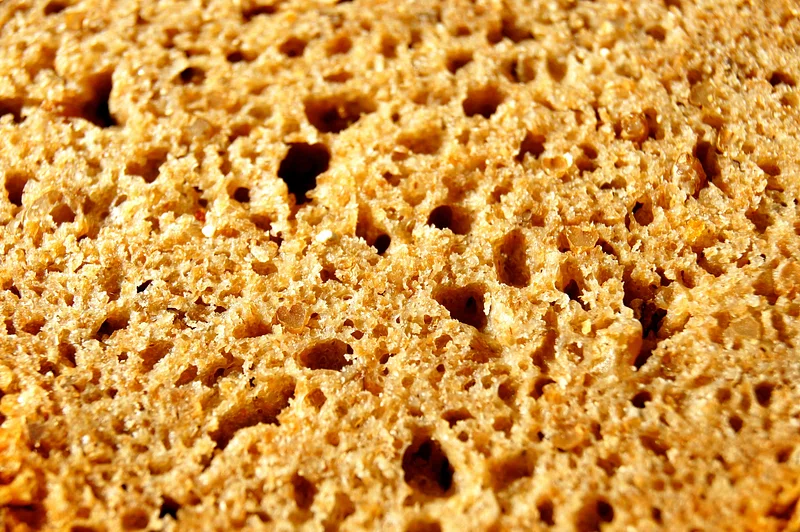Controlling the cooking of textures is an important skill for any home cook or professional chef to master. Texture plays a crucial role in the overall eating experience, as it can affect the taste, appearance, and enjoyment of a dish. In this article, we will explore some tips and techniques for controlling the cooking of textures to help you create delicious today food recipes and visually appealing dishes every time.
BE MINFDUL OF THE METHOD
Choose the right cooking method: Different cooking methods will produce different textures, so it’s important to choose the right one for the dish you’re making. For example, grilling or broiling will produce a crispy, caramelized texture, while braising or stewing will result in a tender, melt-in-your-mouth texture.
TIMING
It is essential to monitor the cooking duration, as it significantly influences the texture of the food. Overcooking may cause a dry and tough consistency, whereas undercooking can produce a rubbery or slimy texture. Utilize a timer and observe your food closely during the cooking process to achieve the desired texture.
TEMPERATURE
Modify the cooking temperature: The temperature at which you cook can significantly influence the texture of the food. Cooking at high temperatures will yield a crispy, seared texture, whereas low temperatures will allow for a gradual and uniform cooking process. It is essential to adjust the heat accordingly to attain the desired texture.
Utilize a thermometer: A thermometer serves as an essential instrument for managing texture, enabling precise measurement of the internal temperature of your food. This is particularly crucial for meats, as excessive cooking can lead to a dry and tough texture.
TAKING FOOD OFF STOVE
It is important to allow certain dishes to rest after cooking before serving. This practice facilitates the redistribution of juices, resulting in a more consistent and tender texture. For example, steaks, roasts, and chicken breasts should be allowed to rest for a few minutes prior to serving.
Make use of marinades and brines: The application of marinades and brines can improve the tenderness of meats and seafood, resulting in a more desirable texture. Furthermore, they add flavor and moisture to the dish.
CUTTING
Practice knife skills: Proper knife skills can also affect texture. For example, cutting meats and vegetables into even pieces will help them to cook evenly, resulting in a consistent texture.
Experiment with different ingredients: Different ingredients can also affect texture. For example, using breadcrumbs or panko can add a crispy texture to foods, while using cream or butter can add richness and smoothness.
IN SUM
Controlling texture is an important aspect of cooking, and there are many ways to do it. By choosing the right cooking method, paying attention to cooking time and heat, using a thermometer, letting food rest, using marinades and brines, practicing knife skills, and experimenting with different ingredients, you can create delicious and visually appealing today food recipes with the perfect texture every time.
